Do you have a question about the Samsung OfficeServ 7030 and is the answer not in the manual?
Provides a general overview of the OfficeServ 7030 system's capabilities and convergence.
Details the physical cabinet layout, card slots, and virtual cabinet configurations.
Explains the memory and microprocessor architecture of the OfficeServ 7030 system.
Describes system programming methods, levels, and the Device Manager application.
Details the base unit, its functions, slots, and front panel connections.
Describes built-in features like Auto Attendant, Media Gateway Interface, and common resources.
Details the functions of digital phone, single line, and trunk interface modules.
Covers modem boards and their capabilities for system expansion.
Introduces the different series of station equipment, including DS 5000.
Details the features of DS 5021D, DS 5014D, and DS 5007S keysets.
Details the features of iDCS 28D, iDCS 18D, and iDCS 8D keysets.
Mentions compatibility of earlier DCS model phones and AOMs with the OfficeServ 7030.
Describes various SMT-i series IP phones and their features.
Explains the software-based IP telephone application for computers.
Details the wireless LAN access point and its features for wireless coverage.
Covers the use of standard SIP devices as internal stations with supplementary features.
Provides input and output voltage, and maximum power consumption details.
Specifies the physical dimensions of the OfficeServ 7030 cabinet.
Details operating temperature, storage temperature, and humidity limits.
Specifies cable types, AWG, and maximum lengths for connected equipment.
Describes ring cycles and system tones for user notifications.
Explains the meaning of LED colors and patterns for keyset status.
Lists and describes various system-level features for business operations.
Provides detailed explanations of system features like Account Code Entry and Auto Answer.
Details features available to individual station users, like Add-On Modules and Call Forwarding.
Explains station features such as Appointment Reminder, Automatic Hold, and Busy Station Callback.
Covers features related to the keyset display and call processing information.
Explains displays like Account Code Display, Call Duration Timer, and Caller ID Information.
Shows examples of typical displays seen on keyset screens during call handling.
Provides examples of Caller ID information displays on keysets.
Shows example displays related to Uniform Call Distribution (UCD) statistics.
Details features of the automated attendant system for call routing and prompts.
Explains features like Caller ID Routing, Menu Tree Routing, and Schedule-Oriented Call Processing.
Outlines features related to voicemail services, such as Availability Schedule and Message Delivery.
Explains features like Answering Machine Emulation, Call Blocking, and Message Notification.
Provides a sample of the Station Message Detail Recording report without Caller ID.
Provides a sample SMDR report including Caller ID and ANI number information.
Shows sample reports for UCD group and agent call statistics.
Defines statistics for UCD calls, including Calls in Queue and Abandoned Calls.
Details statistics for individual agents, such as Logged In status and Average Call Time.
Presents a sample traffic report summarizing system activity and trunk usage.
Explains the different categories and metrics found in the traffic report.
Addresses FCC compliance regarding radio frequency interference and proper usage.
Outlines FCC rules, registration numbers, and requirements for unauthorized modifications.
Details circuit types, card types, and network jack requirements for phone line connections.
Provides a warning about copyright licenses for music used in the Music on Hold feature.
Warns about the security implications of the Direct Inward System Access (DISA) feature.
Confirms compliance with safety standards from UL and CSA.
| VoIP Support | Yes |
|---|---|
| Operating Temperature | 0°C to 40°C |
| Humidity Range | 10% to 90% non-condensing |
| Type | IP-PBX |
| Integrated Voicemail | Yes |
| Power Supply | 100-240V AC, 50/60Hz |
| Supported Protocols | SIP |
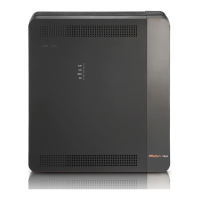
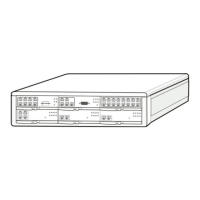
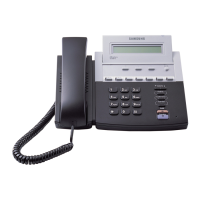
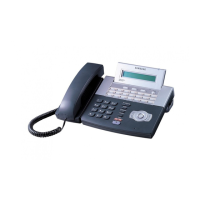



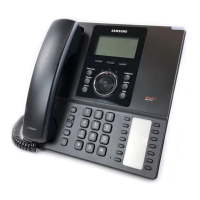
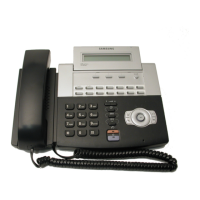
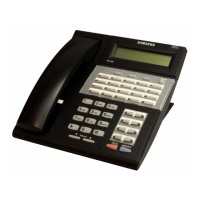
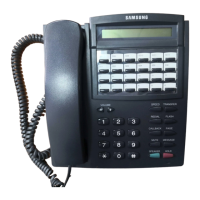
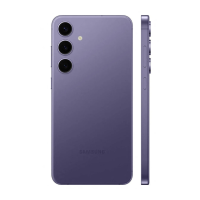
